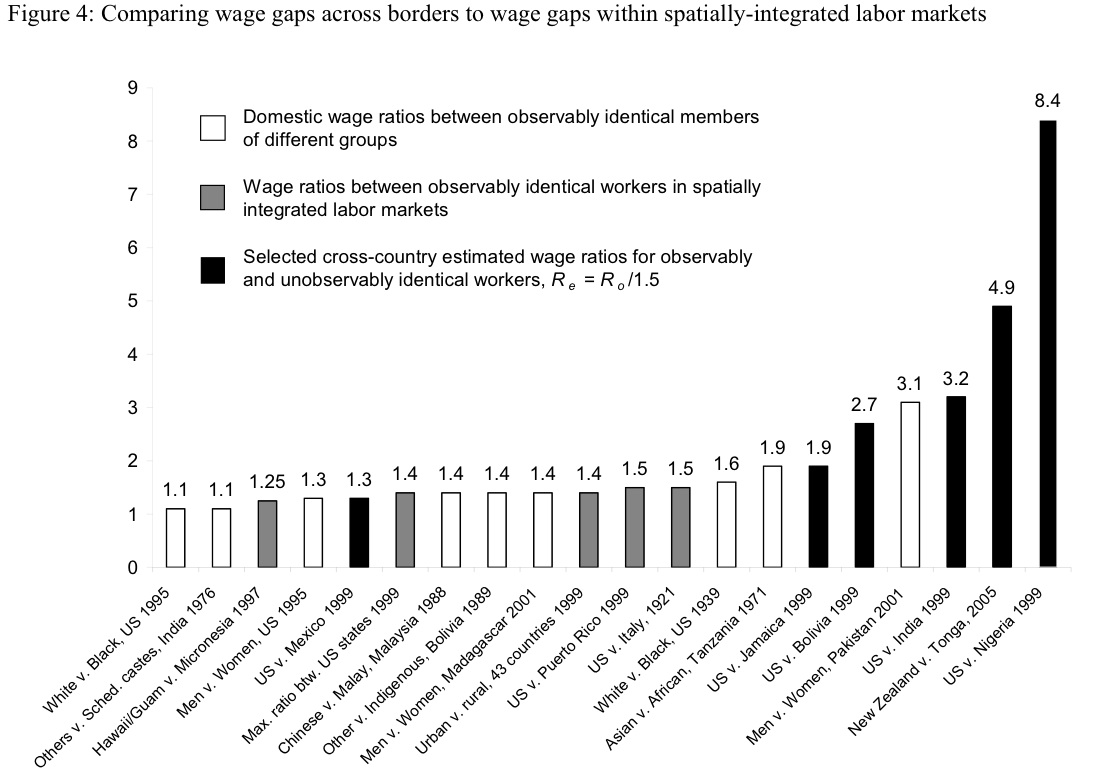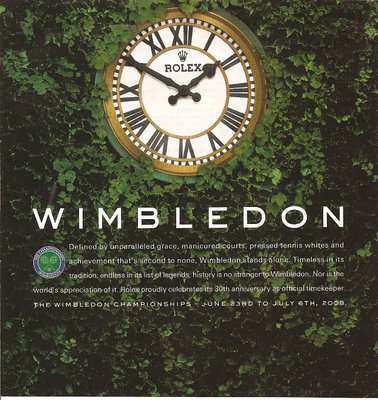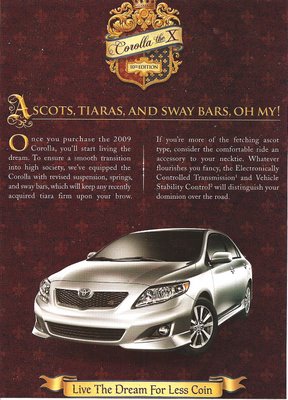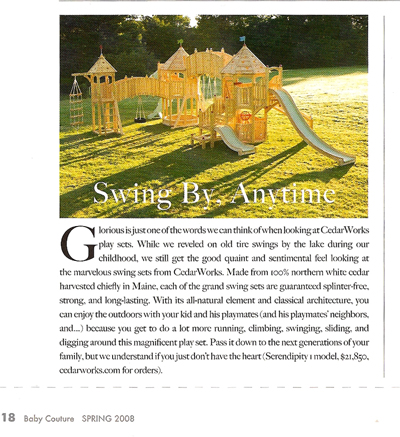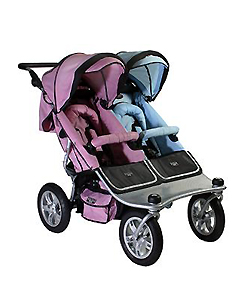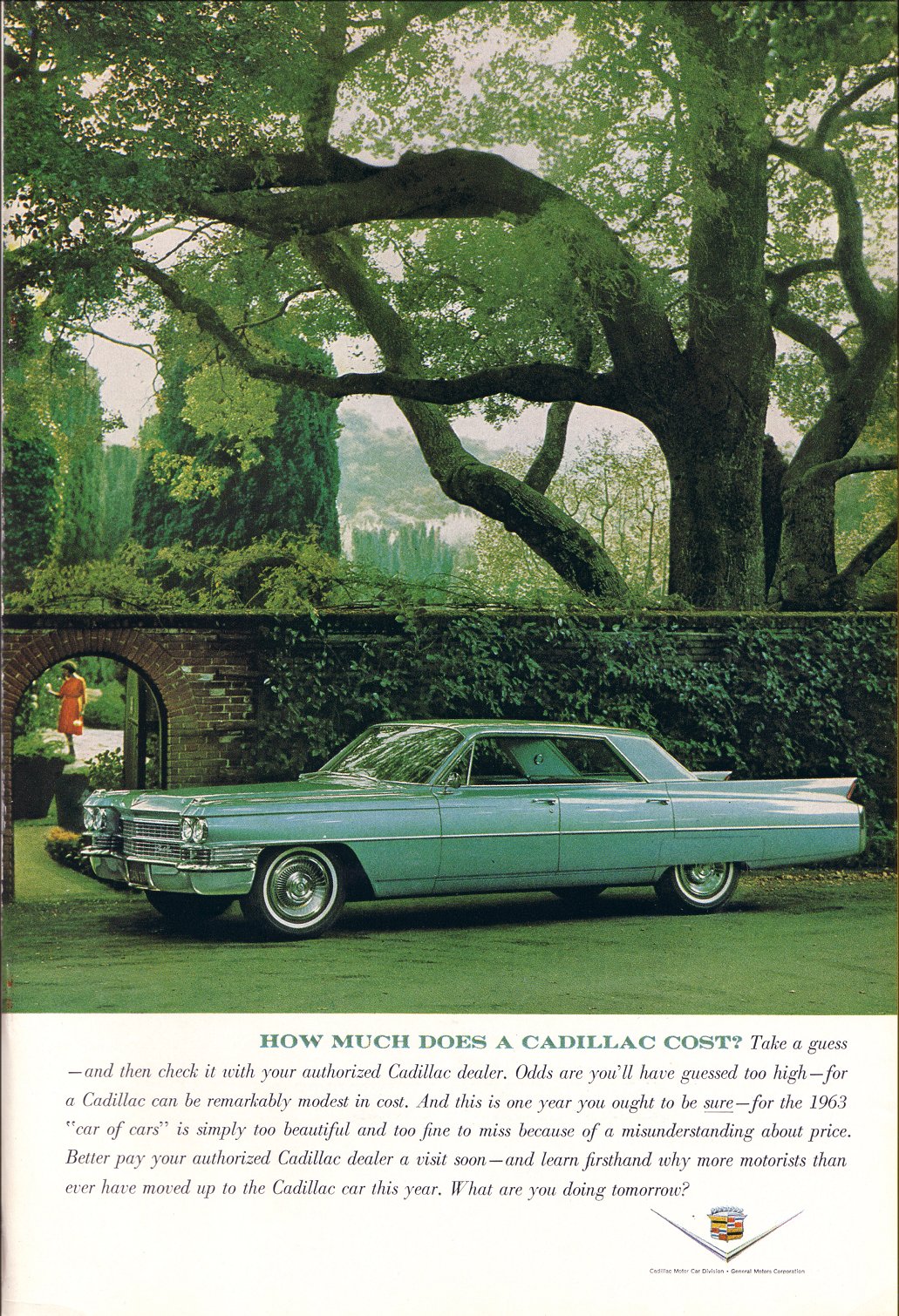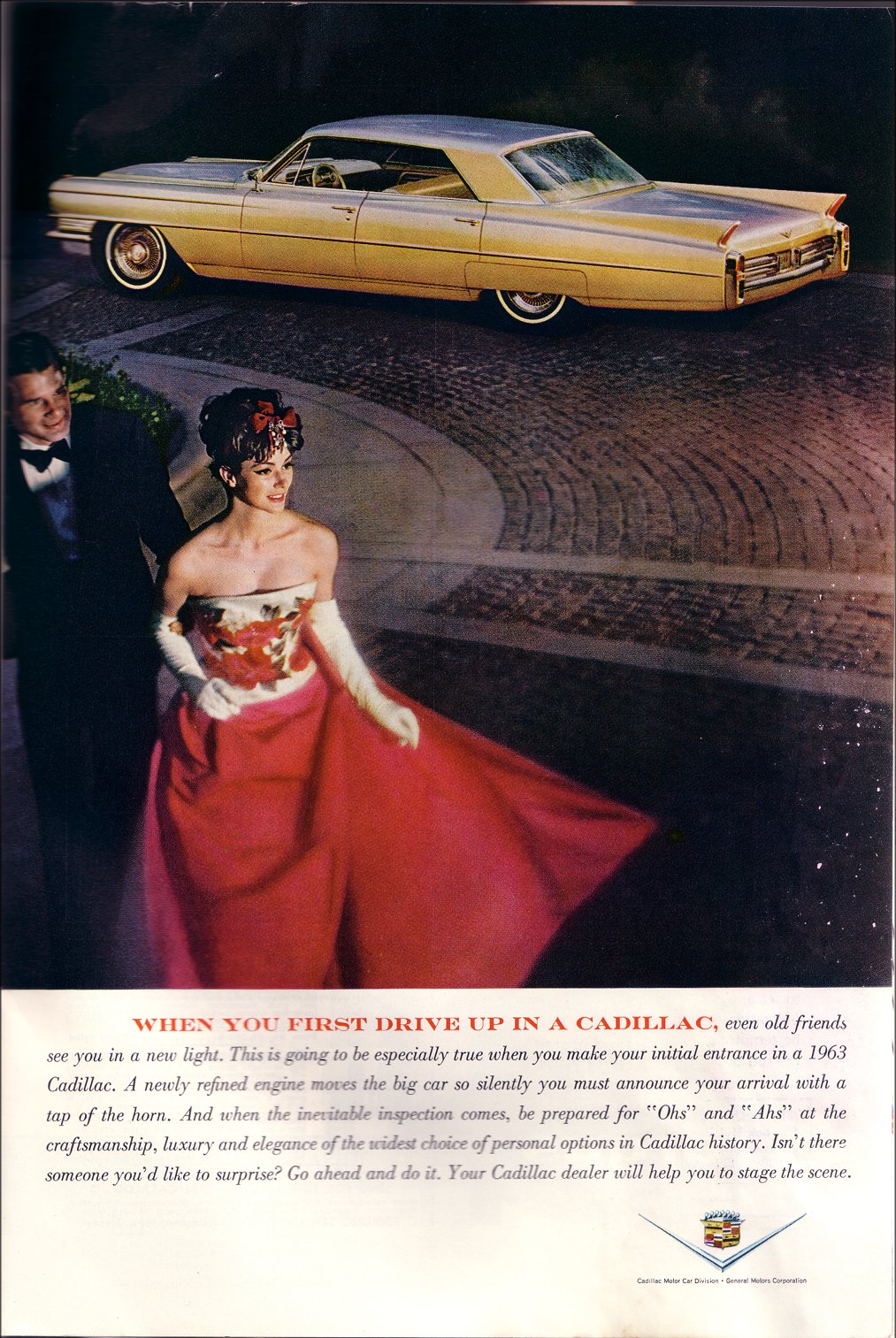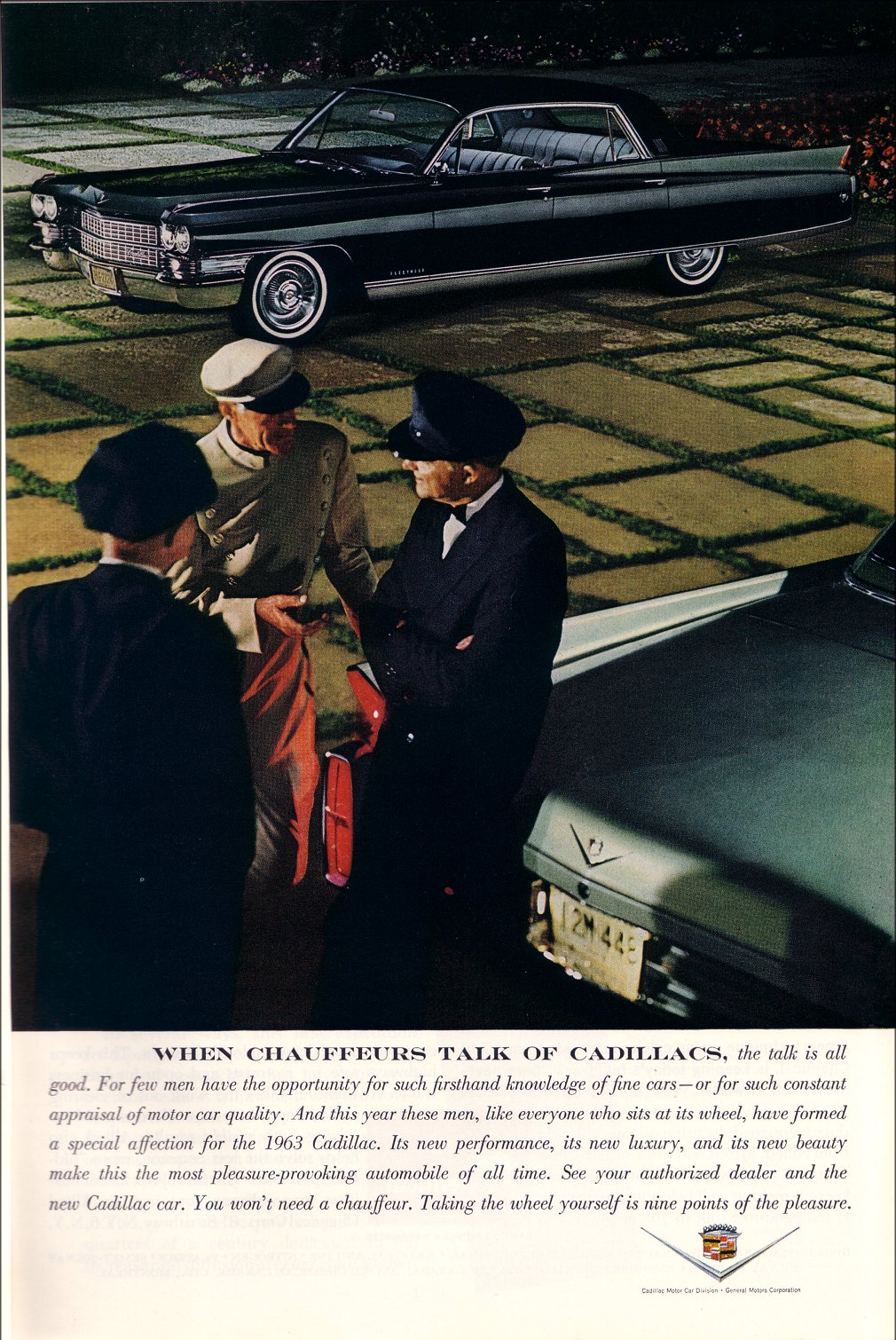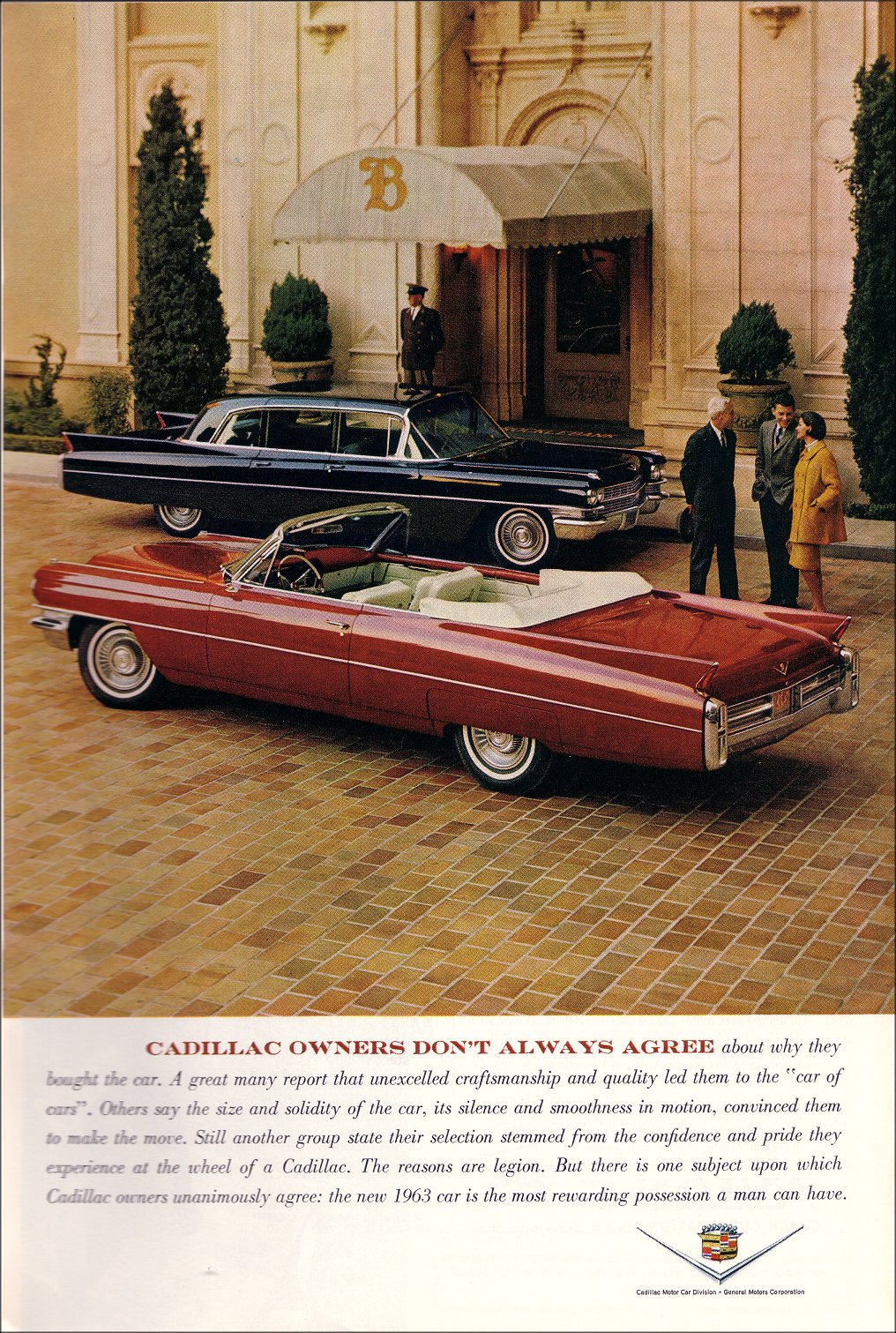You’re either having a scotch at the Red Carpet Club or you’re downin’ cheap coffee at Dunkin’ Donuts:
This picture, which I happen to find hilarious, was taken by me during an unsuccessful attempt to get out of Logan Airport after the American Sociological Association meetings in Boston. I ended up being treated very nicely at the Days Inn.


